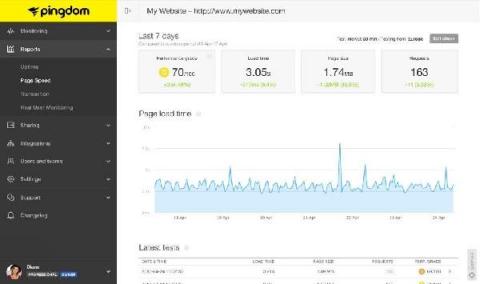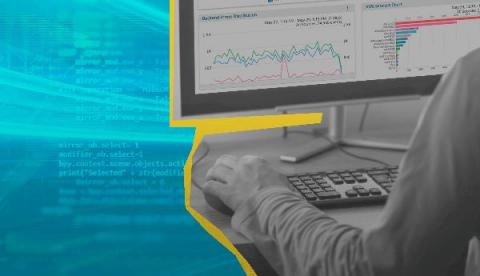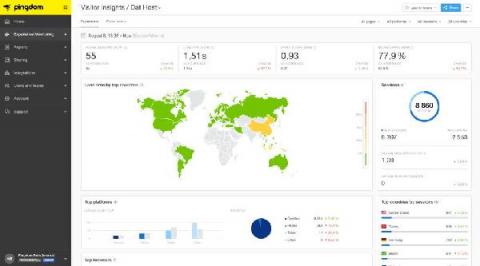How Emerging Technologies Influence State Government Staffing Needs
Emerging technologies impact many areas of an organization, but their impact on staffing is often overlooked. It would be ideal for public sector organizations, and state governments, in particular, to be able to adopt new technologies and hire the appropriate staff quickly and easily to optimize operations. State government managers face barriers such as a lack of budget, limited resources, minimal training, and unclear priorities—impeding speedy adoption.










